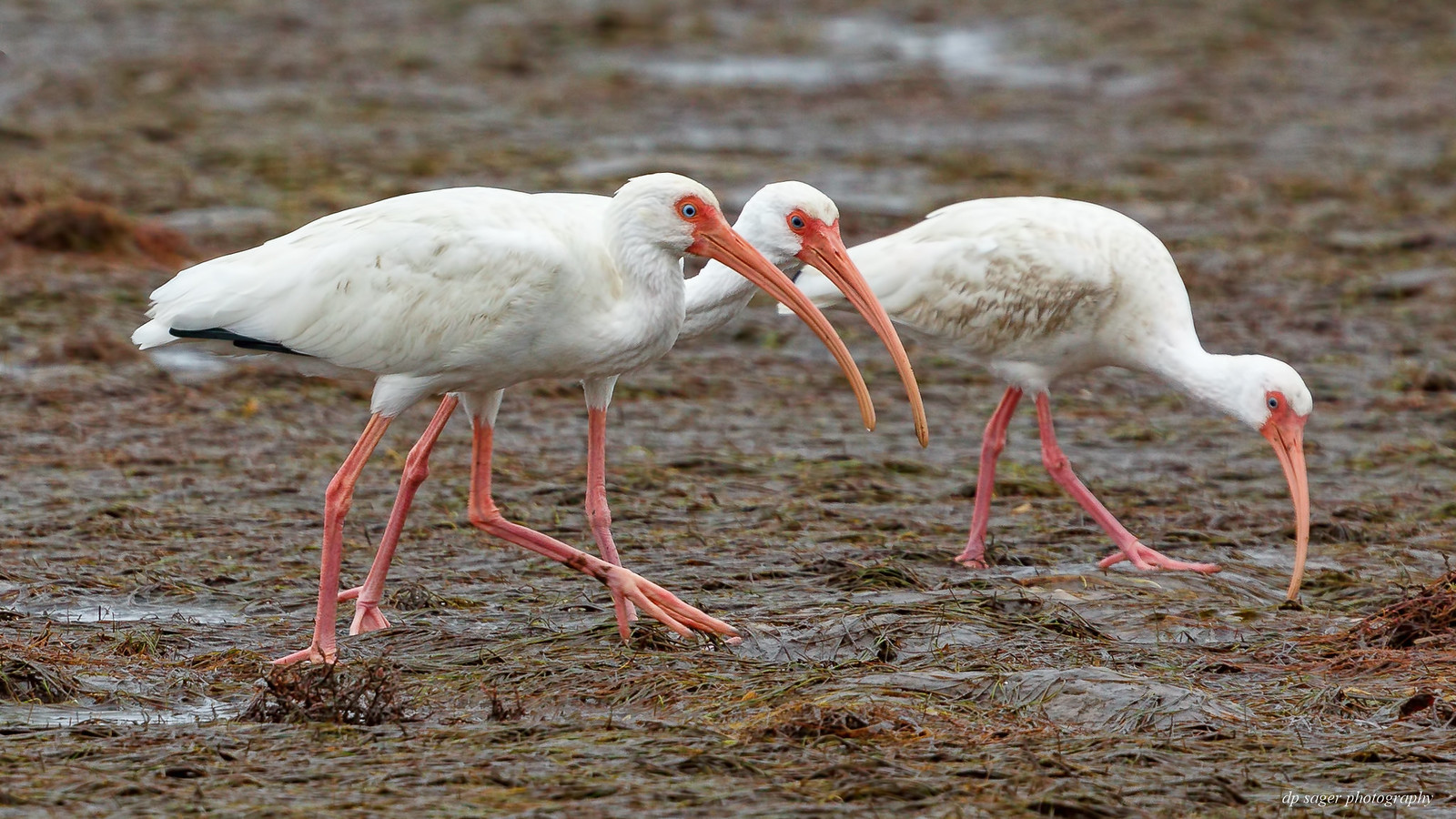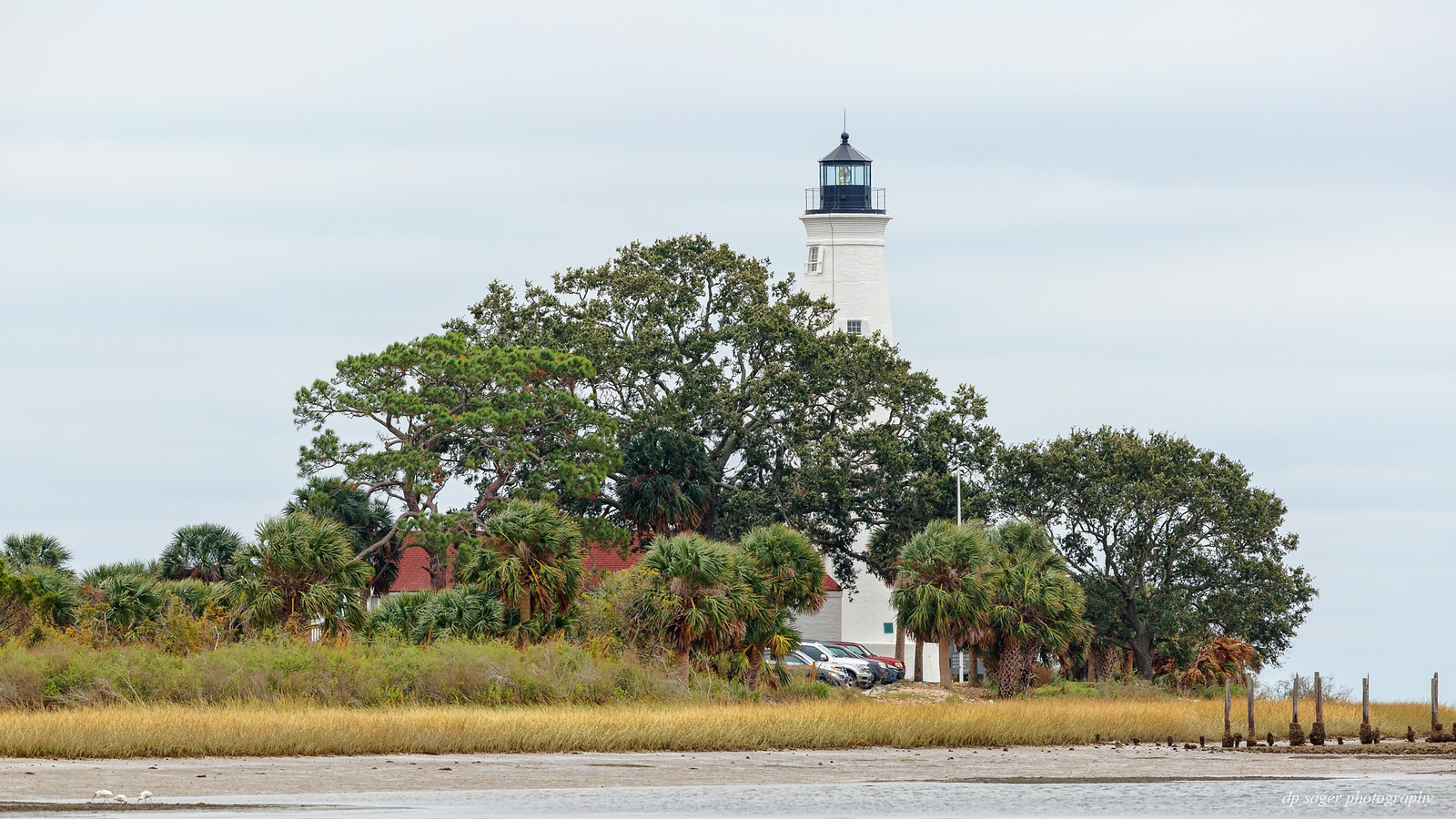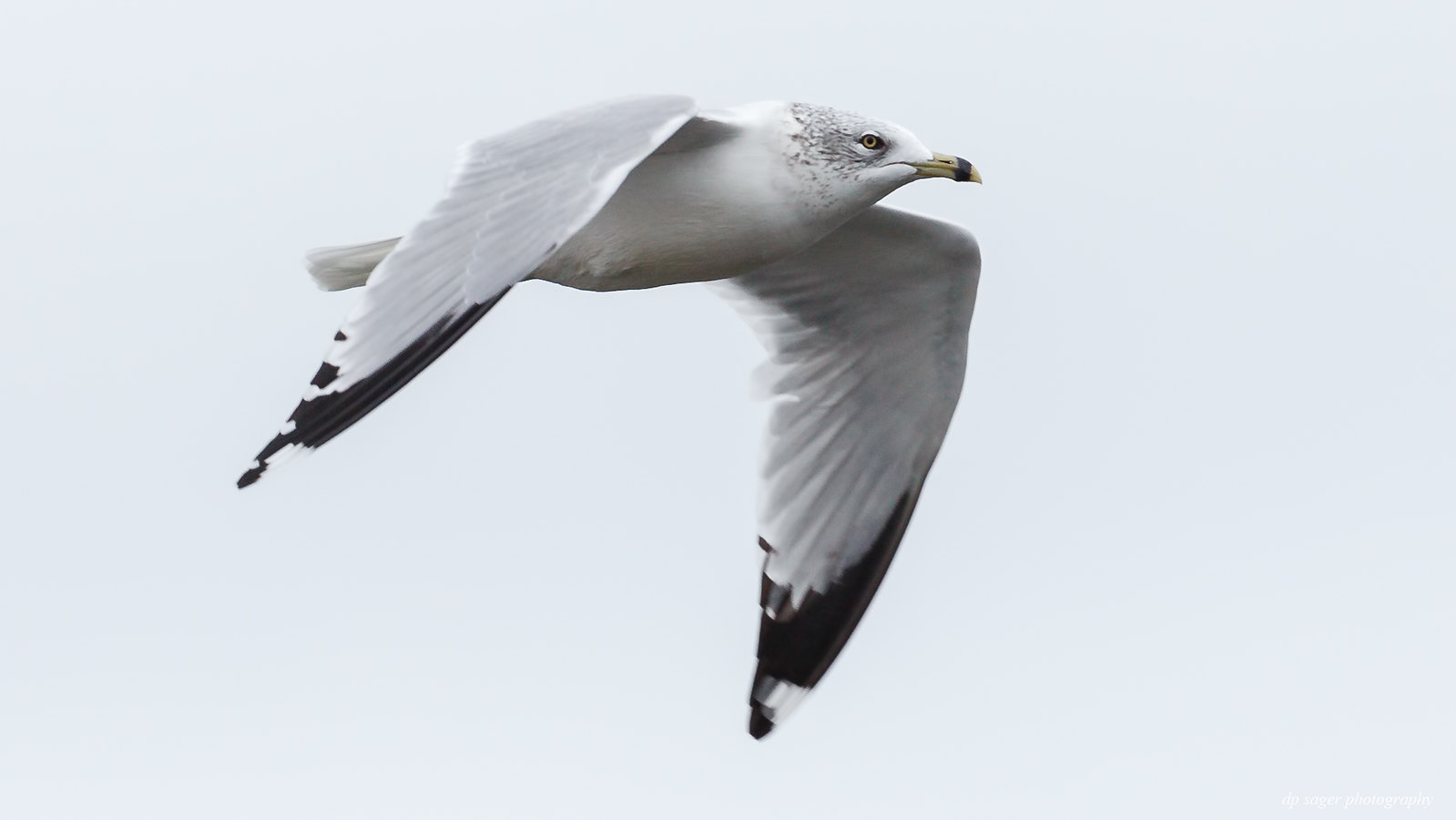Birds at Florida's St. Marks NWR
Dec 10, 2019 10:33:37 #
Dec 10, 2019 20:54:48 #
Dec 11, 2019 00:55:24 #
Dec 11, 2019 05:30:01 #
Dec 11, 2019 06:54:16 #
Dec 11, 2019 07:00:25 #
CHG_CANON wrote:
St. Marks National Wildlife Refuge is one of the o... (show quote)
I enjoyed these images.
Dec 11, 2019 07:13:41 #
CHG_CANON wrote:
St. Marks National Wildlife Refuge is one of the o... (show quote)
Very nice Paul, I love the Tricolored Herons, they are very common here in Florida and such a pretty bird. Look forward to seeing more images taken during your visit to Florida, hoping your stay is long enough to allow the weather to clear a bit later in the week.
Dec 11, 2019 07:33:48 #
Dec 11, 2019 07:36:19 #
Blurryeyed wrote:
Very nice Paul, I love the Tricolored Herons, they are very common here in Florida and such a pretty bird. Look forward to seeing more images taken during your visit to Florida, hoping your stay is long enough to allow the weather to clear a bit later in the week.
Thank you Geffory! The very next day at St Marks was bright (cooler) sun, alas I was later in the day to the same spot by the lighthouse and missed the low tide feeding. From the Ponce Preserve later in the trip, I found a Reddish Egret hunting in the ocean, a bird I had never seen before and needed to look up. It will be weeks / months to work through the results. I sent off 7 rolls of film for processing at the end of the trip too.
Dec 11, 2019 07:41:28 #
kpmac wrote:
Outstanding set, Paul. I have photographed all those birds here in La. but yours truly stand out. Great job.
Thank you Ken! This was my first trip through the panhandle and only my send trip into any portion of Alabama. The monarchs at St Marks were refreshing to see, even if I failed to capture any images of these travelers. Glad you enjoyed.
Dec 11, 2019 07:49:51 #
mrpentaxk5ii wrote:
Very impressive Mr Kotter........Happy Holidays.
Thank you Mr Pentax! Did I ever tell you about my Uncle Max?
Dec 11, 2019 07:52:58 #
Thank you Swamp-Cork, Bill, Mike, Jack, nimbushopper, Karin, Bill! I have a bit better luck with Birds In Flight later in the trip, but never a flock of ibis feeding like this first morning at St Marks. Glad you enjoyed.
Dec 11, 2019 08:01:55 #
DaveJ
Loc: NE Missouri
Another enjoyable and informative set . The white ibis photo is my favorite from this set. A month down south should make for a few months of enjoyable and informative posts from my favorite teacher. I look forward to seeing your posts coming this winter. Curious if you hand held or used monopod/tripod on any/ all these shots.
Dec 11, 2019 08:08:38 #
CHG_CANON wrote:
St. Marks National Wildlife Refuge is one of the o... (show quote)
A truly excellent series with text as well. Thank you!
Dec 11, 2019 08:09:33 #
Another great post (images and discussion). Thanks! Tricolored Heron would be my favorte!
If you want to reply, then register here. Registration is free and your account is created instantly, so you can post right away.
















